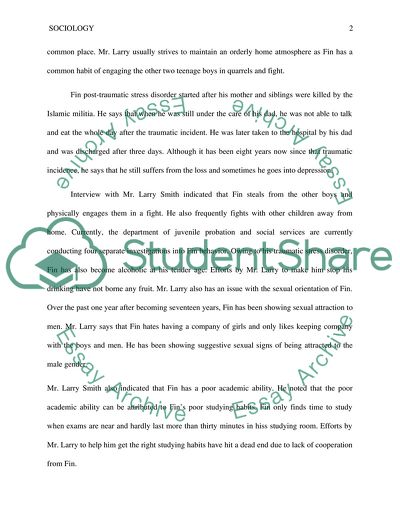Cite this document
(“Principles of Assessment and Client Interventions Coursework”, n.d.)
Principles of Assessment and Client Interventions Coursework. Retrieved from https://studentshare.org/sociology/1702534-principles-of-assessment-and-client-interventions
Principles of Assessment and Client Interventions Coursework. Retrieved from https://studentshare.org/sociology/1702534-principles-of-assessment-and-client-interventions
(Principles of Assessment and Client Interventions Coursework)
Principles of Assessment and Client Interventions Coursework. https://studentshare.org/sociology/1702534-principles-of-assessment-and-client-interventions.
Principles of Assessment and Client Interventions Coursework. https://studentshare.org/sociology/1702534-principles-of-assessment-and-client-interventions.
“Principles of Assessment and Client Interventions Coursework”, n.d. https://studentshare.org/sociology/1702534-principles-of-assessment-and-client-interventions.


